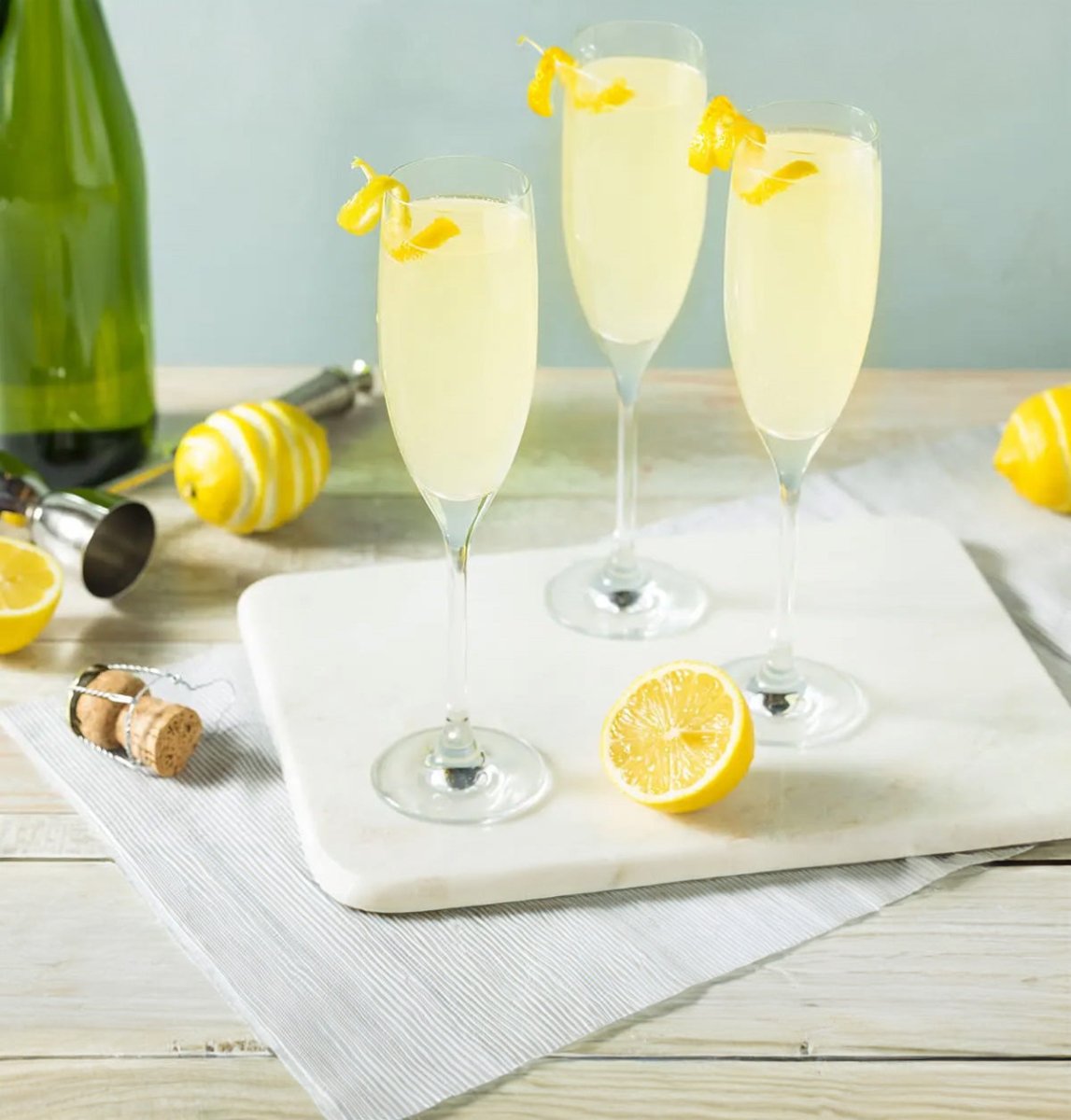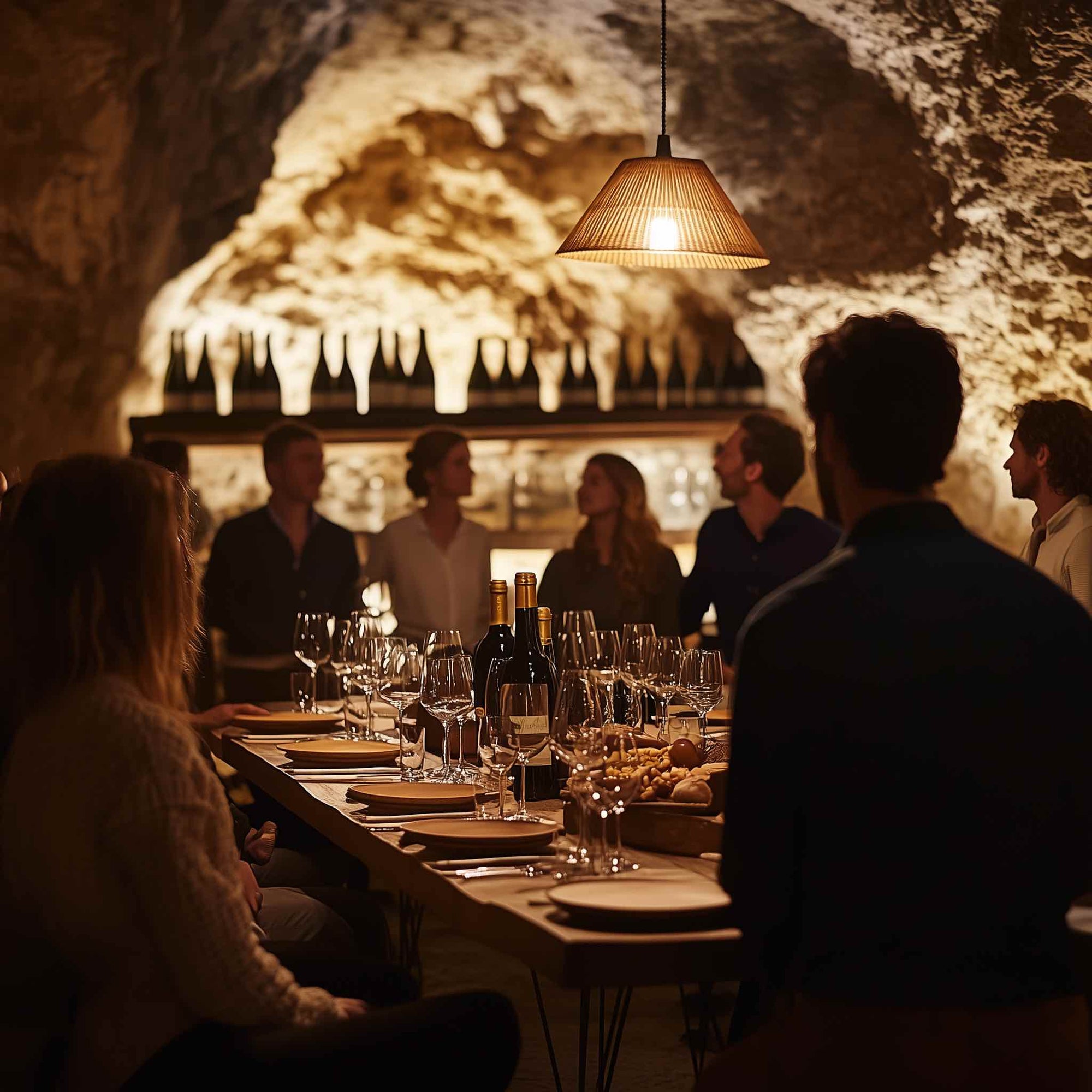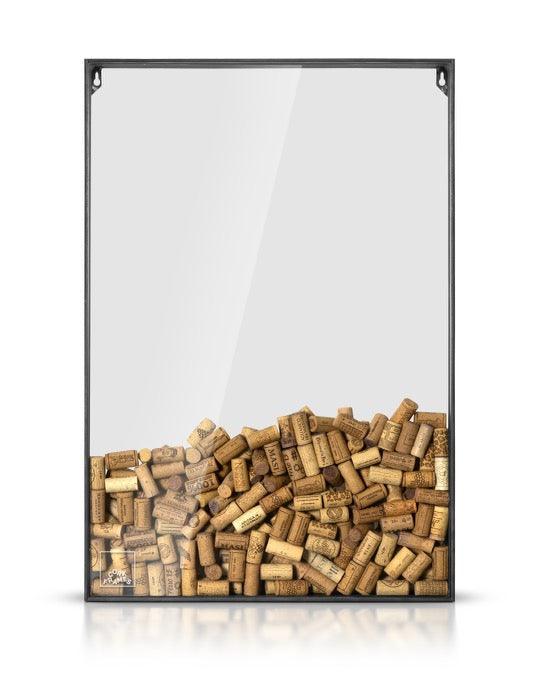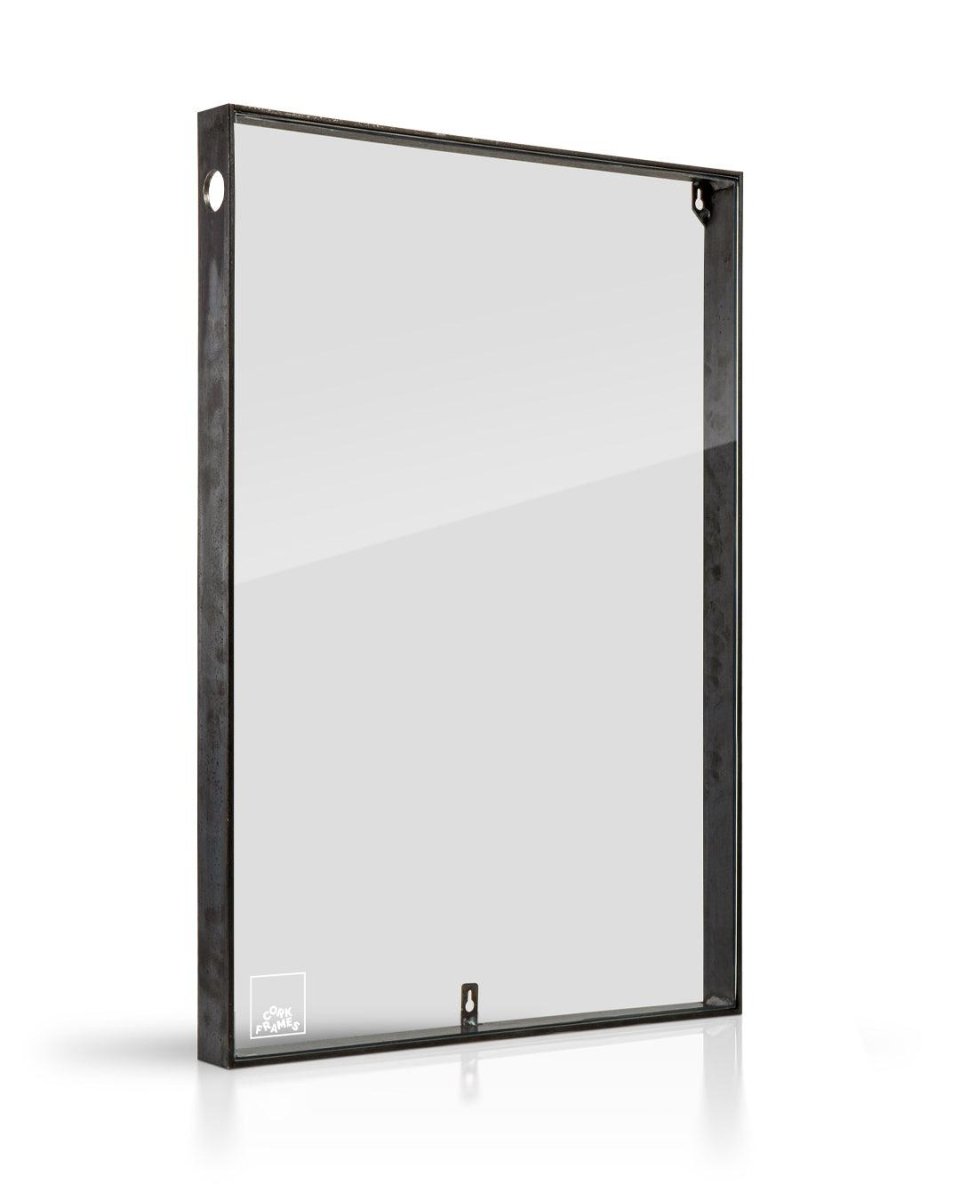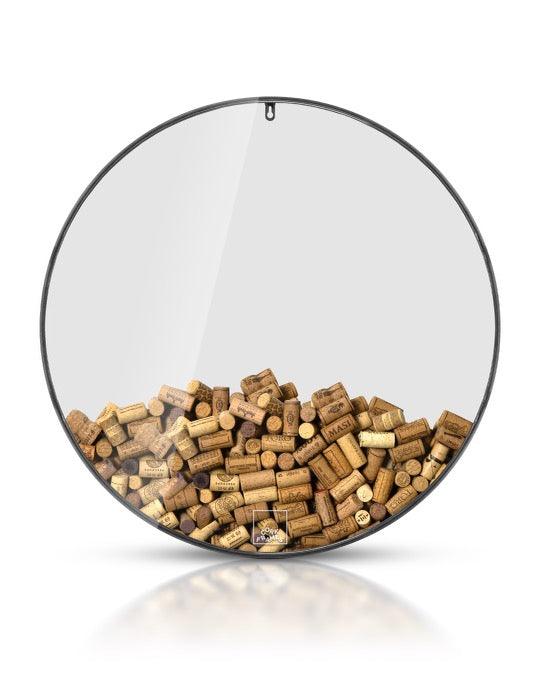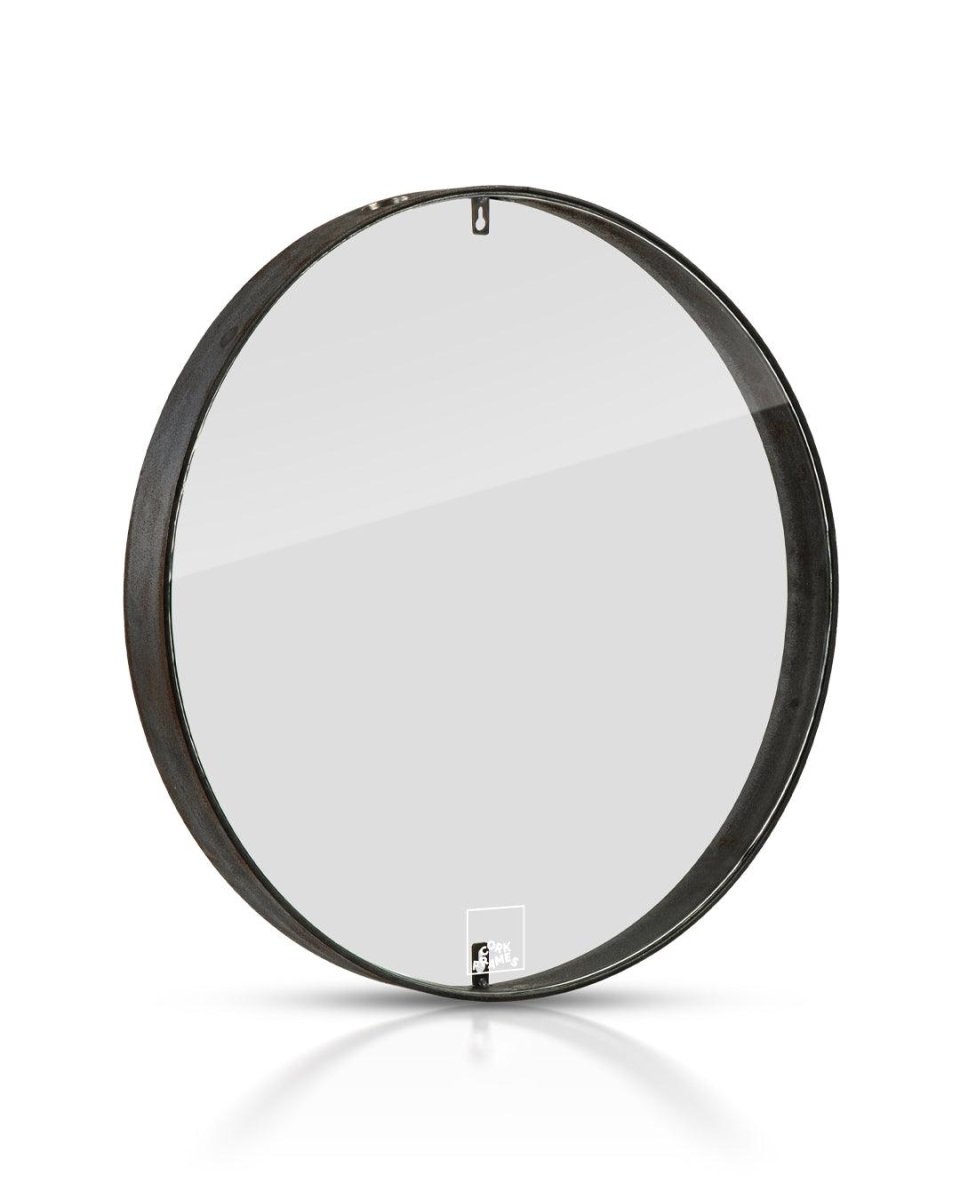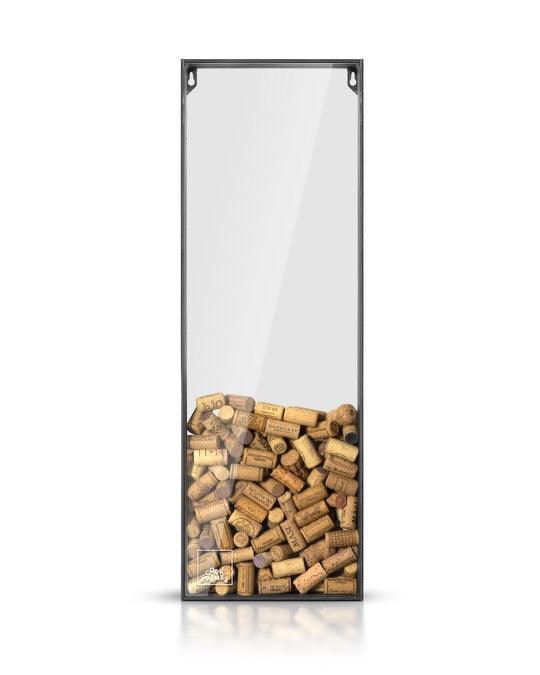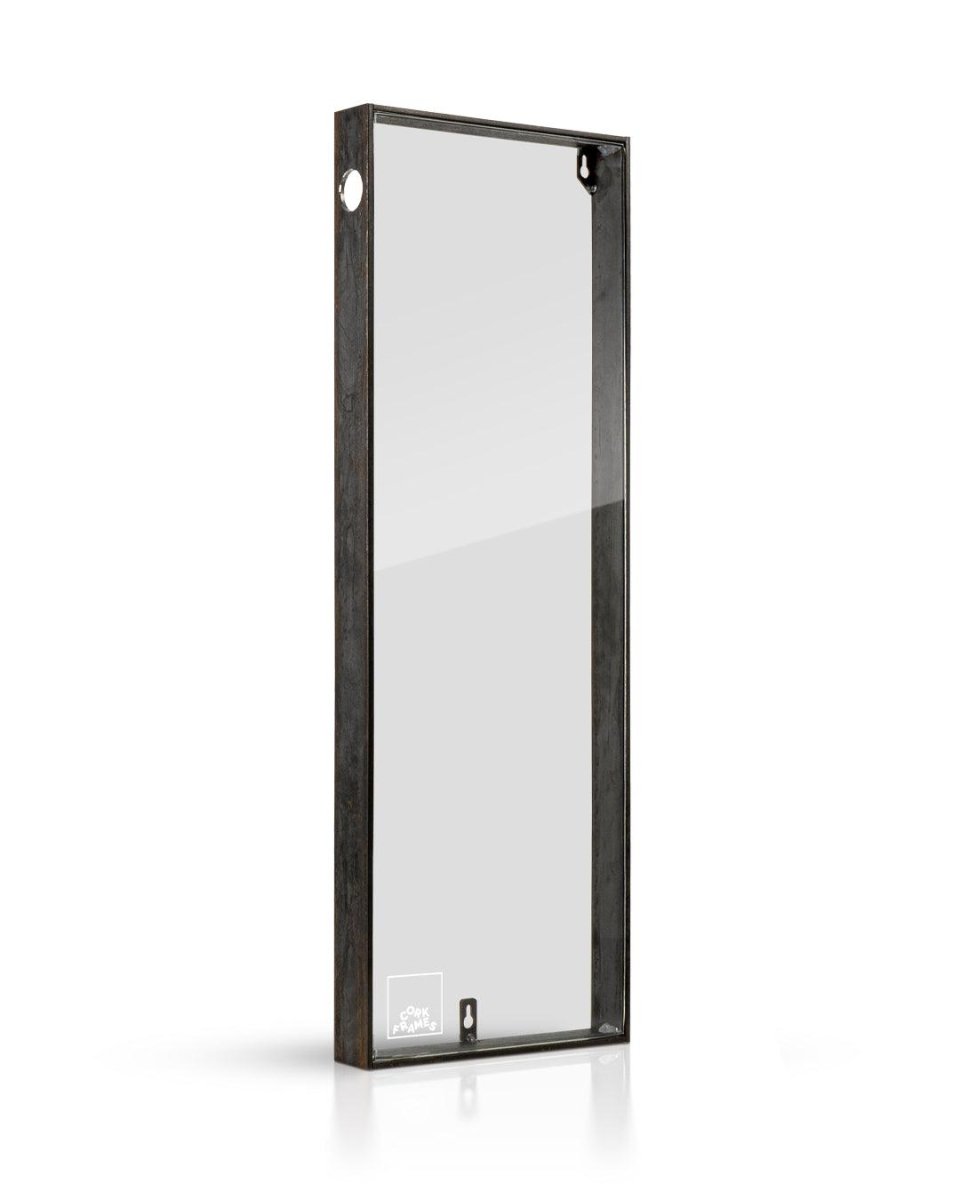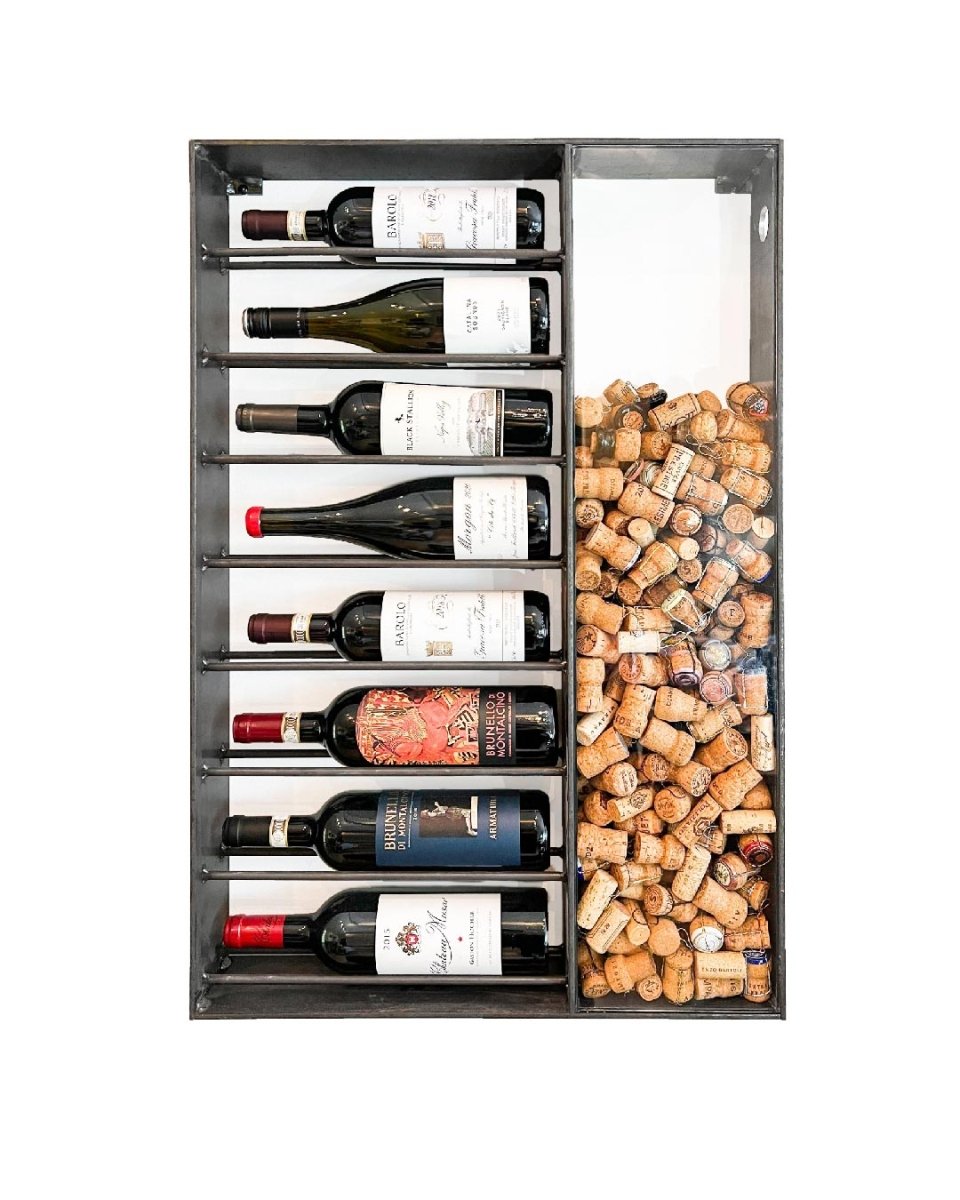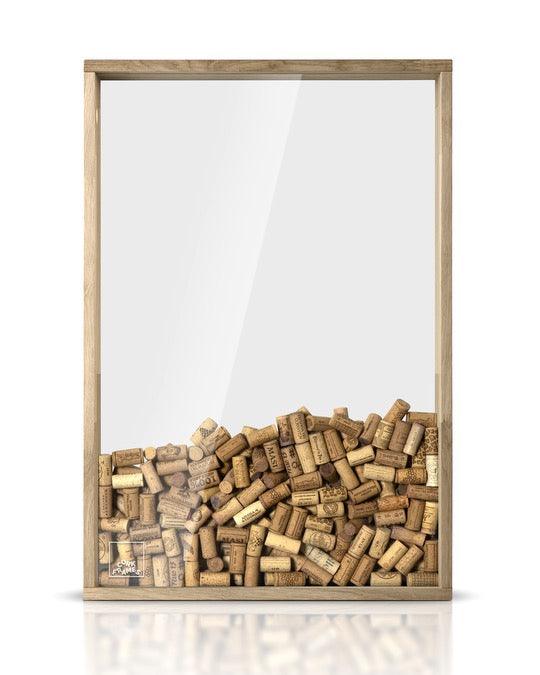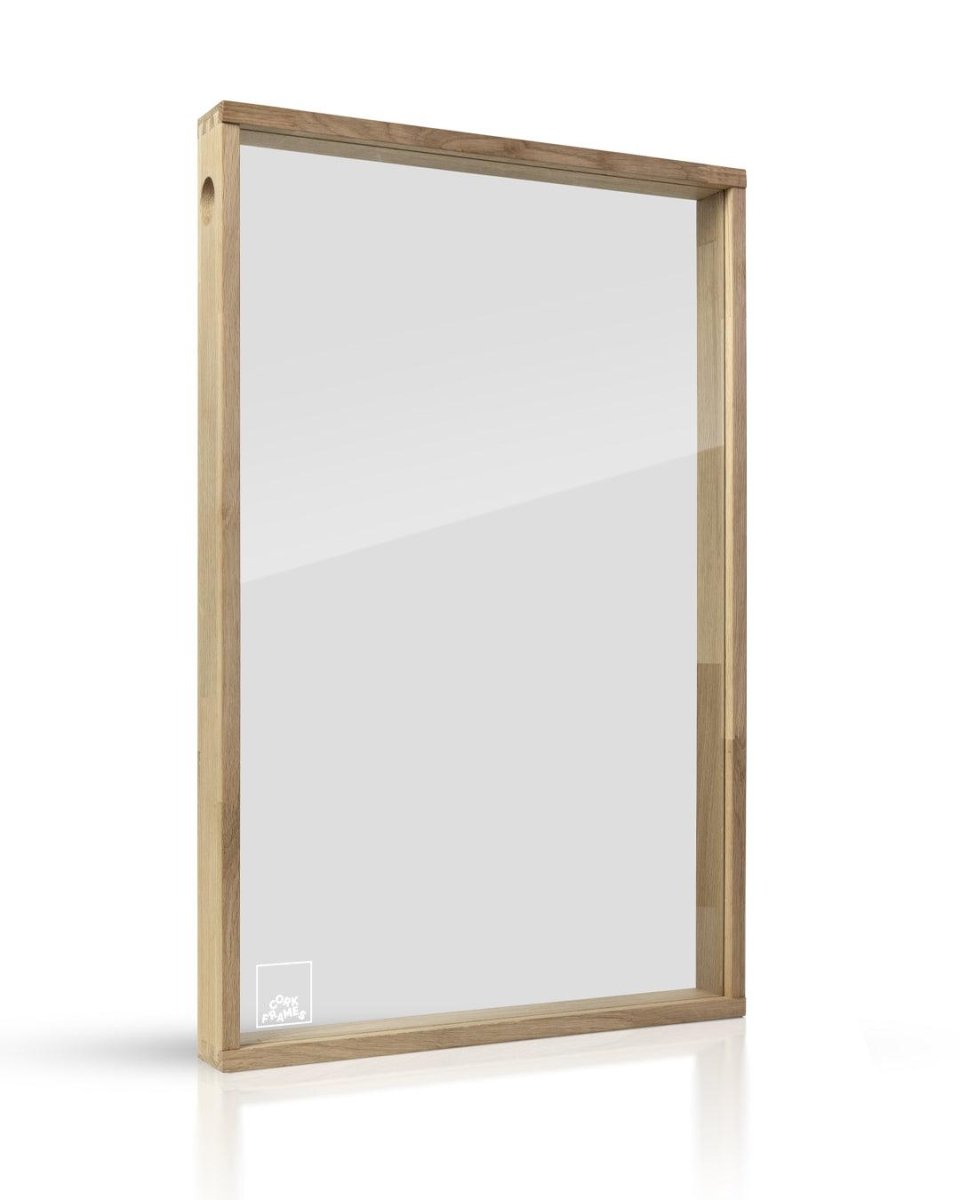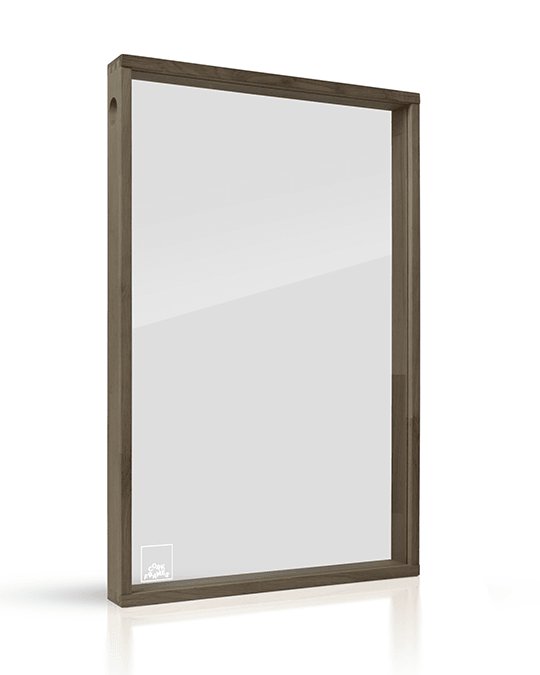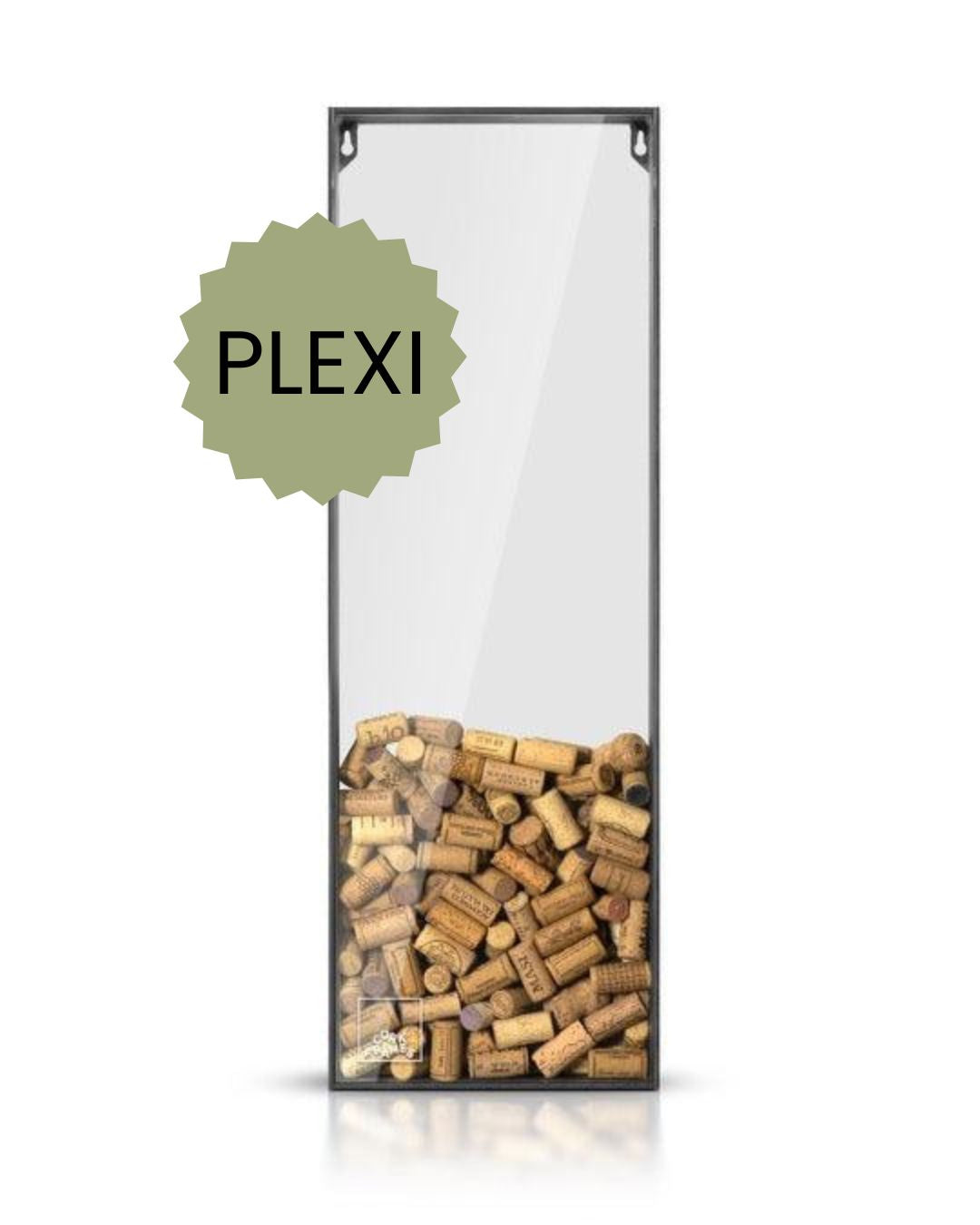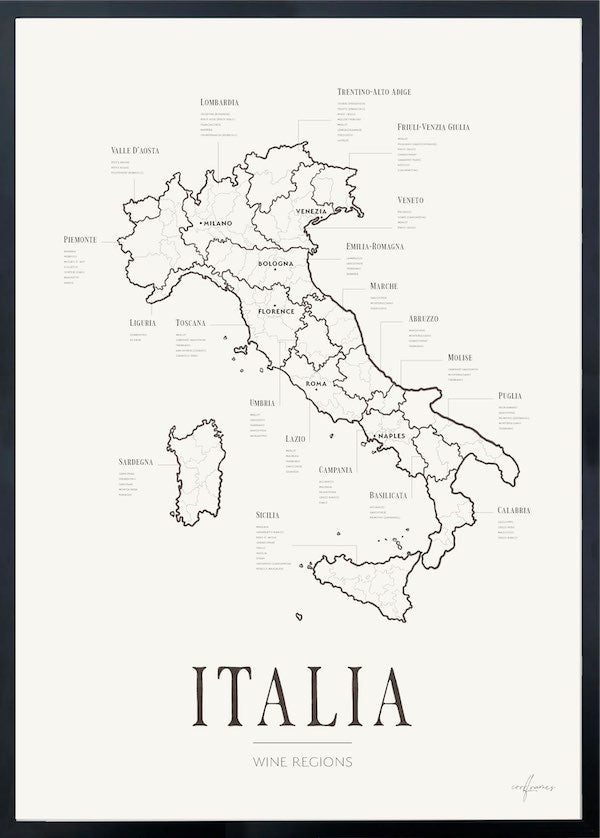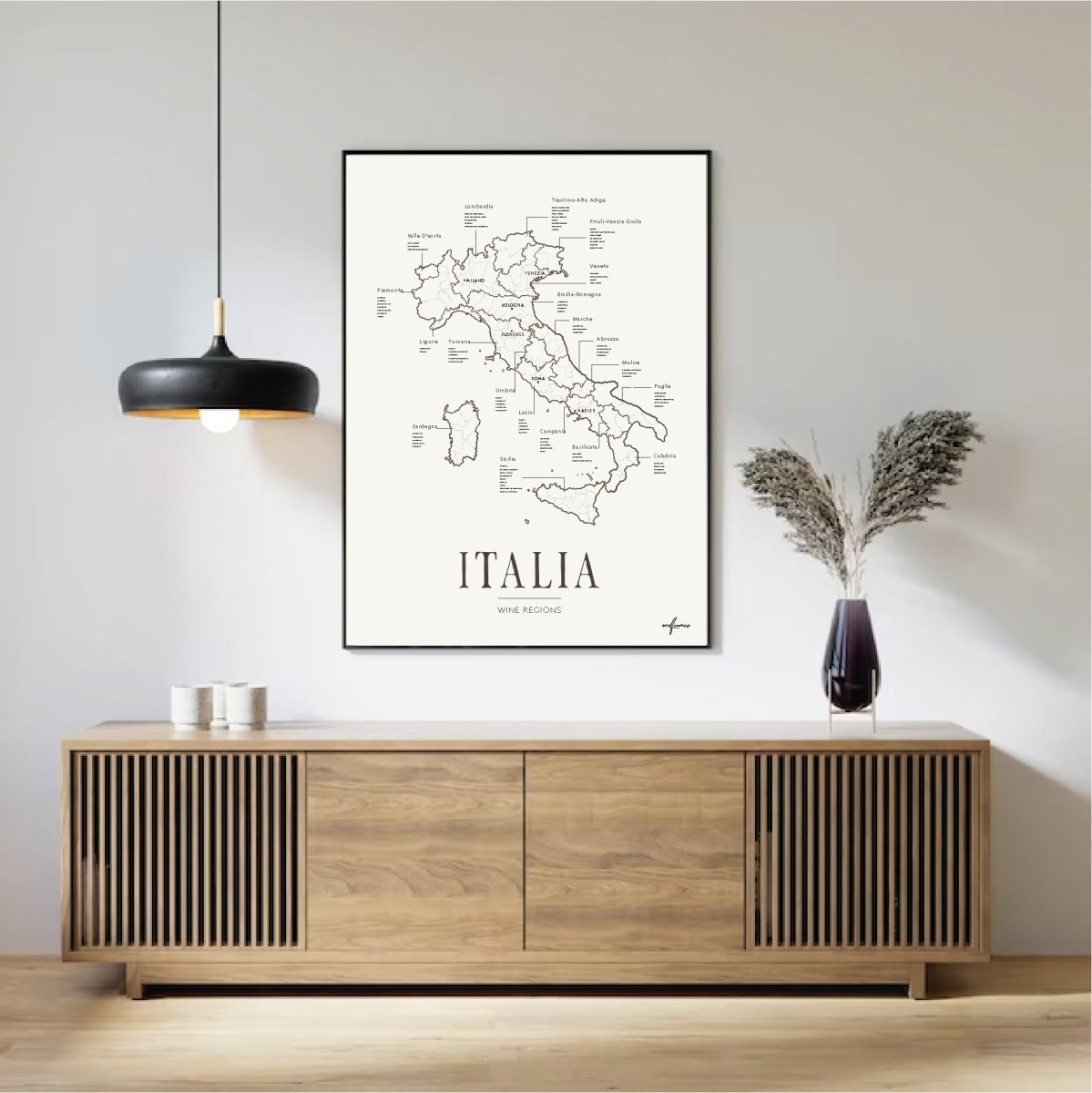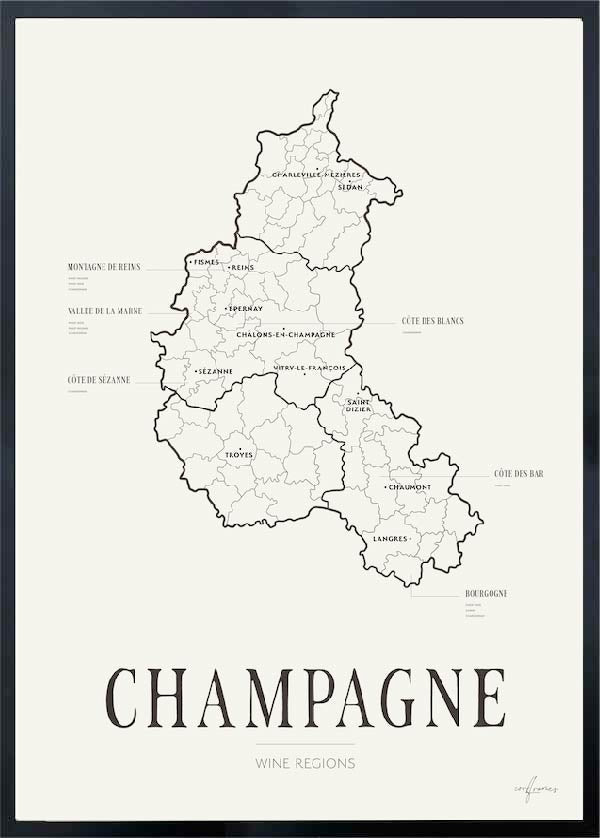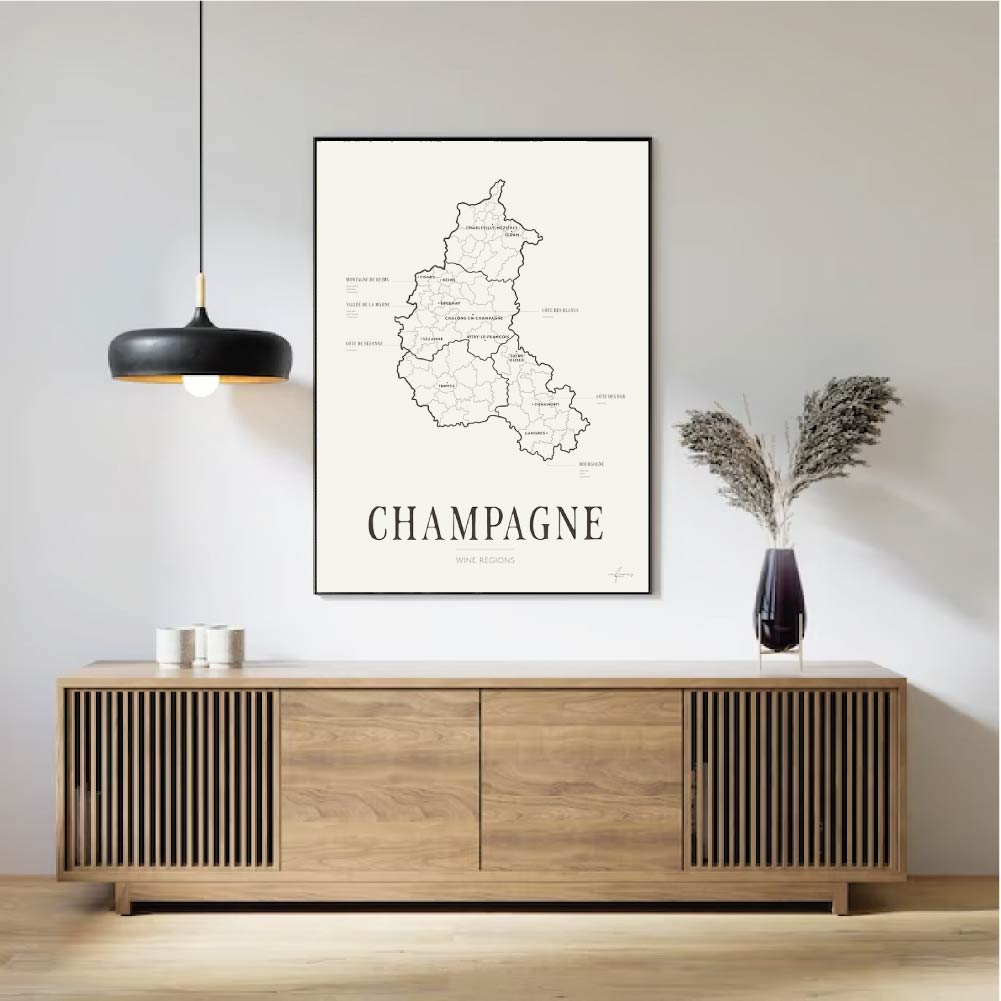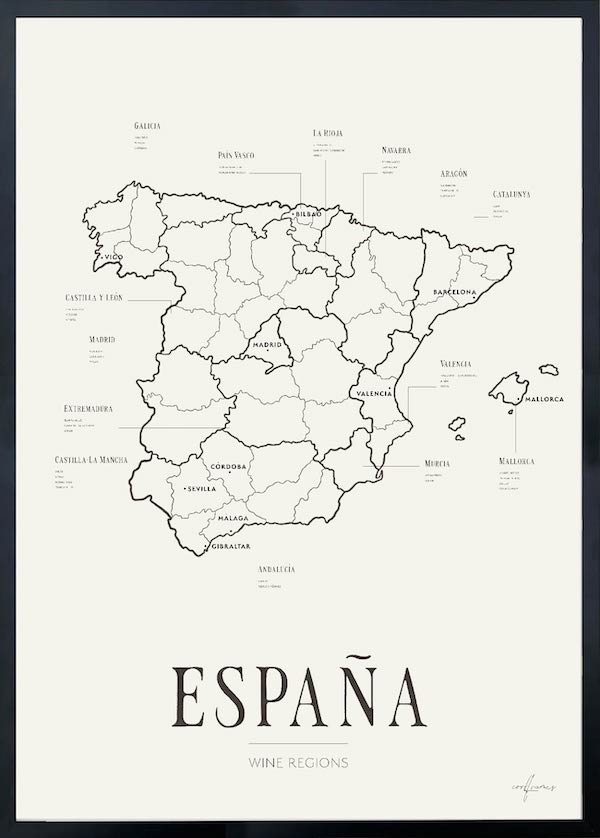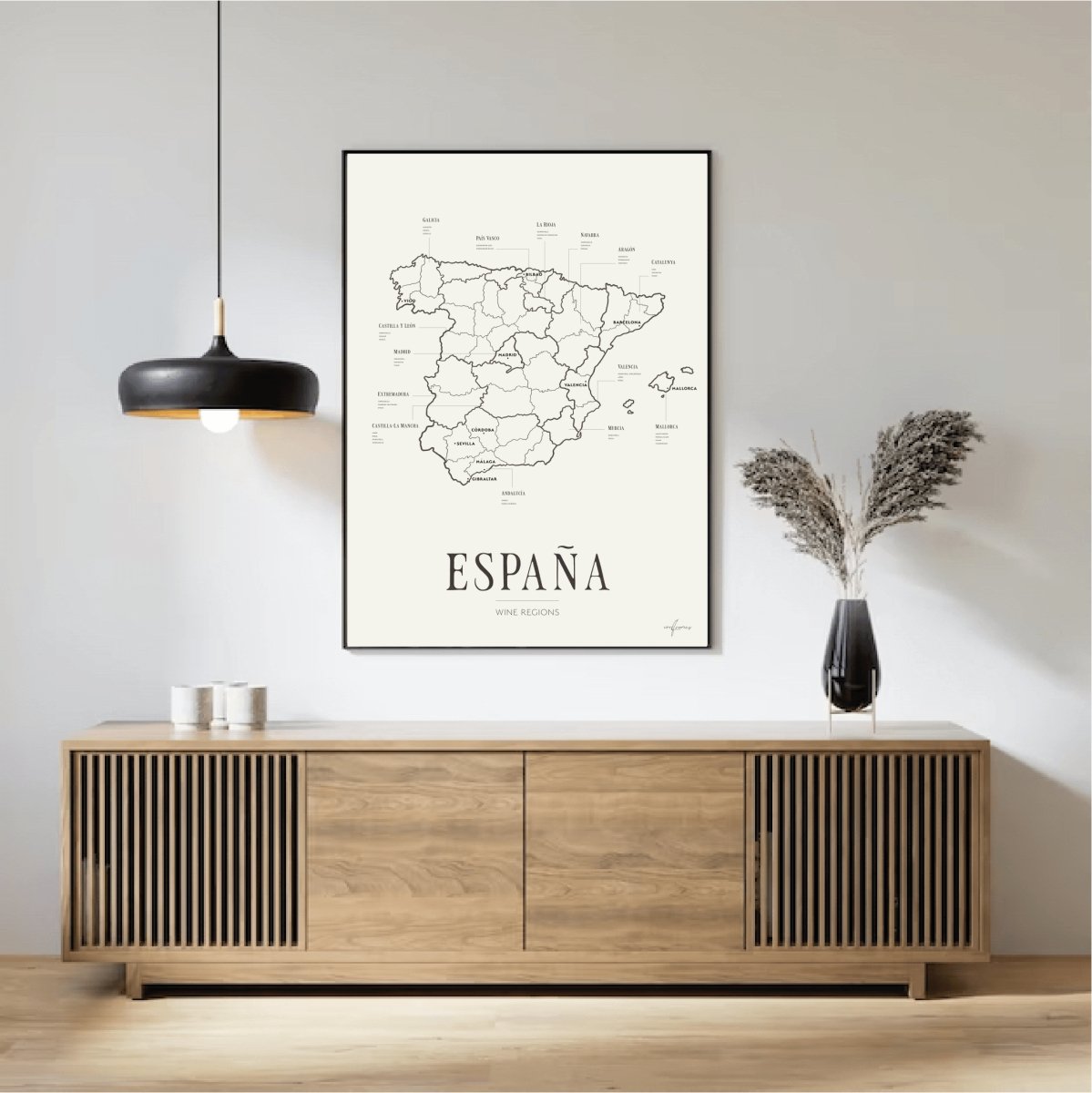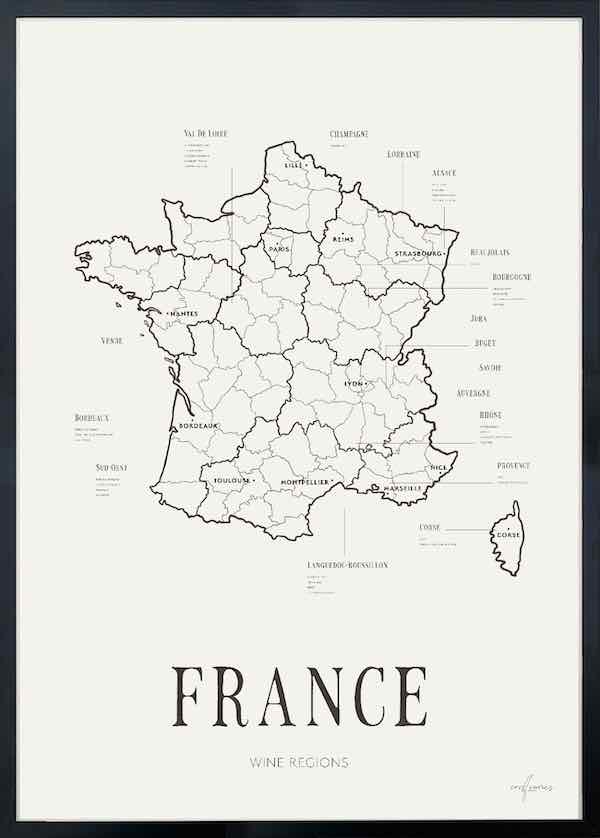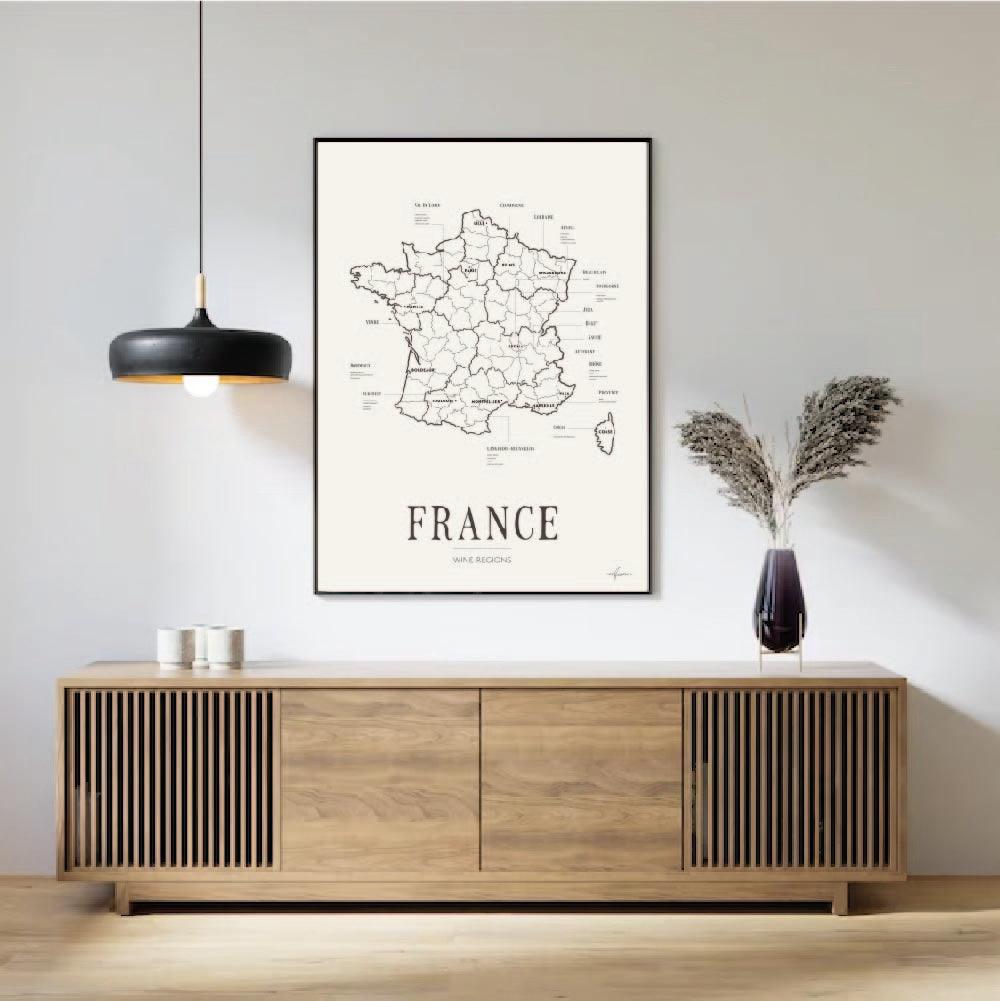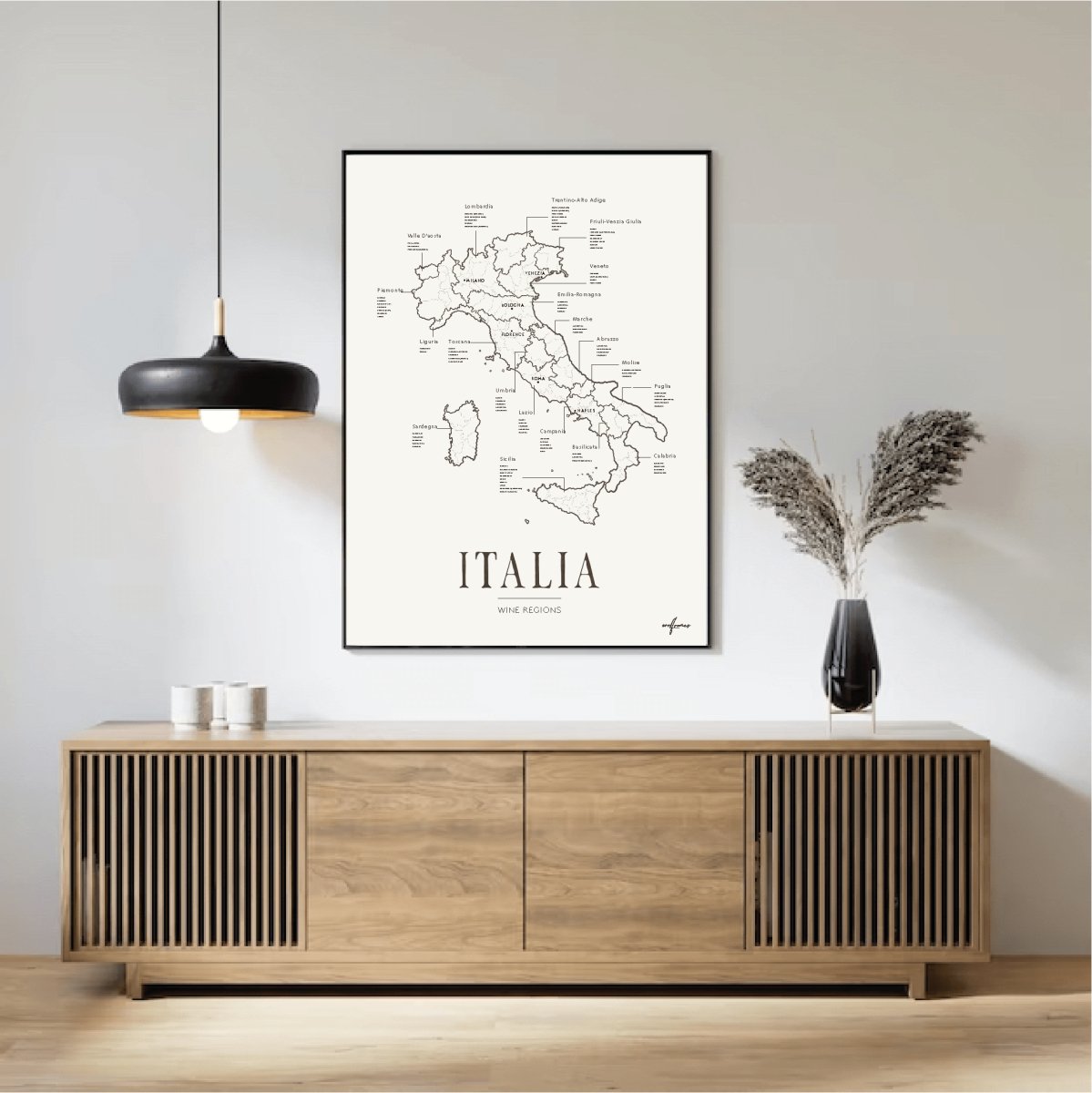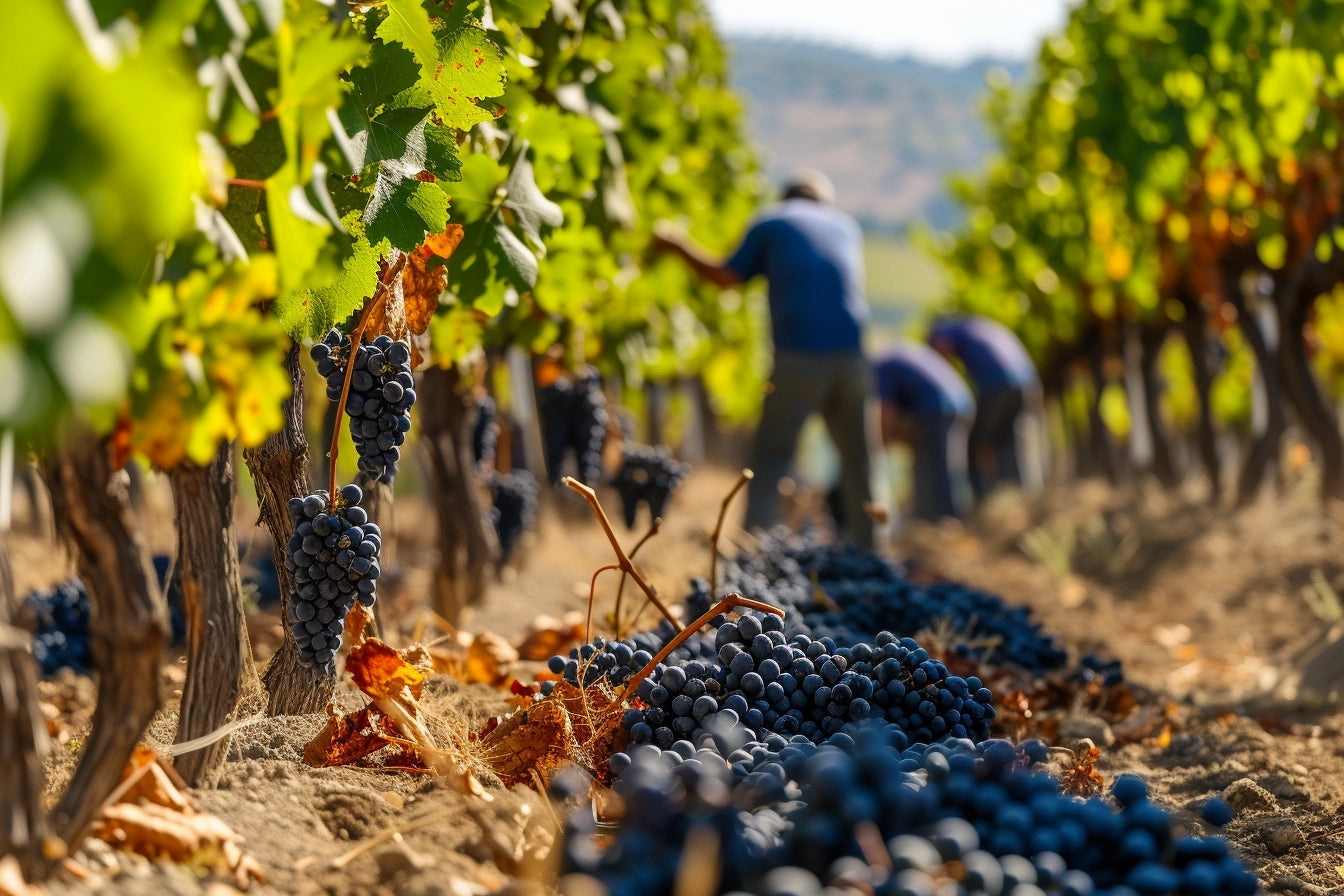In brief, Cava can be considered Spain's answer to champagne. It's a sparkling wine made from Spanish grapes using the traditional method.
The use of the traditional method for Cava means that the second fermentation occurs in the bottle after sugar and yeast have been added. In the past, Cava was known as Spanish champagne, champaña, or by the name xampany. However, these traditional names are no longer allowed* on the bottle label.
Cava is one of the world's most exported wines, and like many other wines, it is available in a variety of styles and classifications.
These styles are based on aging time, sugar content, and the grape varieties used in its production. The three main styles of Cava include:
Cava is also classified by how long it is aged. The three main categories are:
The use of the traditional method for Cava means that the second fermentation occurs in the bottle after sugar and yeast have been added. In the past, Cava was known as Spanish champagne, champaña, or by the name xampany. However, these traditional names are no longer allowed* on the bottle label.
Cava is one of the world's most exported wines, and like many other wines, it is available in a variety of styles and classifications.
These styles are based on aging time, sugar content, and the grape varieties used in its production. The three main styles of Cava include:
-
Cava Brut Nature: This style has no added sugar and is the driest type of Cava.
-
Cava Brut: With a small amount of sugar added during dosage, this style is slightly off-dry but still very crisp and refreshing.
- Cava Semi-Seco: A semi-sweet style with higher sugar content, this Cava offers a balance between sweetness and acidity. In addition to these styles,
Cava is also classified by how long it is aged. The three main categories are:
-
Cava: Aged for at least 9 months.
-
Cava Reserva: Aged for at least 15 months.
- Cava Gran Reserva: Aged for at least 30 months.


